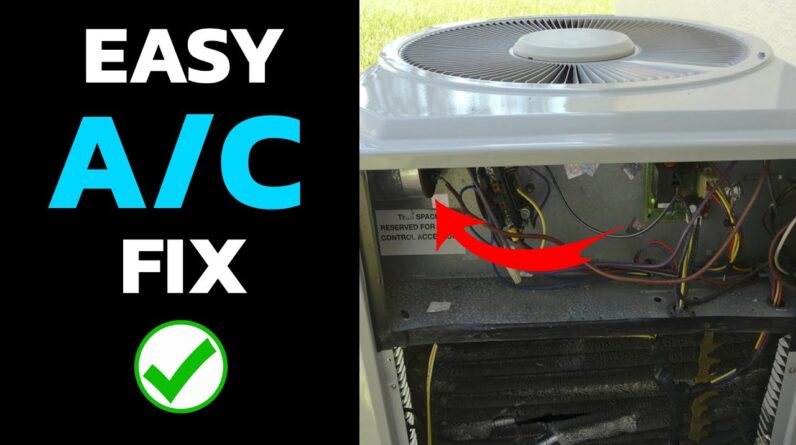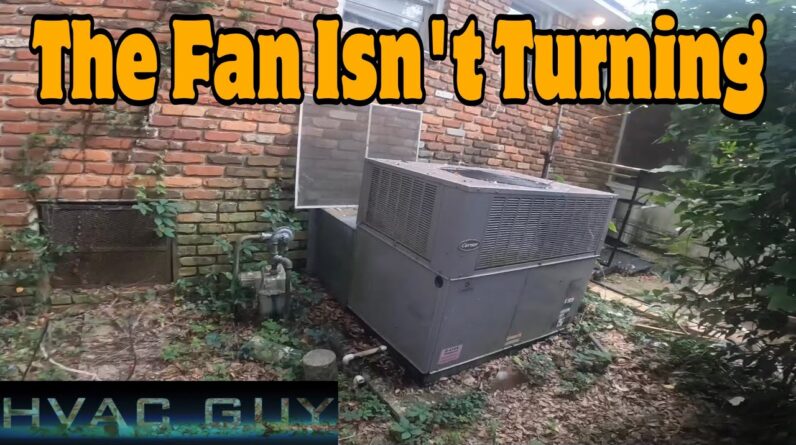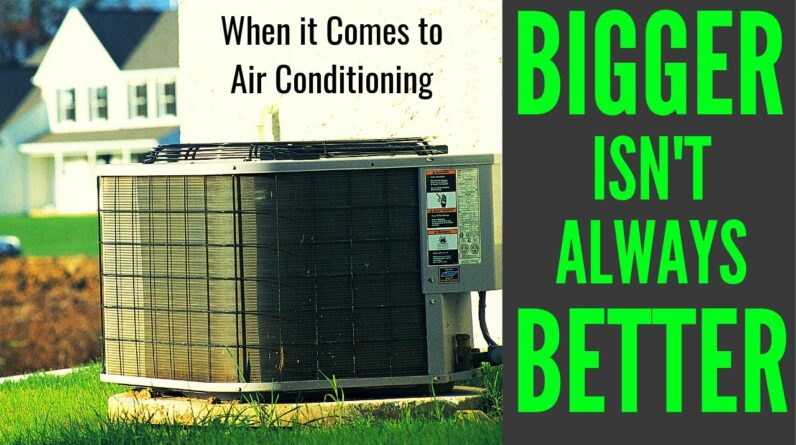Air Conditioner Components and Functions
In this article, we will discuss the various components of an air conditioner (AC) and their functions. This information is essential for homeowners, as well as technicians who may be working on AC systems. We will start with a brief overview of the AC system before diving into the individual components and their functions.
Overview of an Air Conditioner System
An air conditioner system typically consists of two main parts: the indoor unit (evaporator coil) and the outdoor unit (condenser unit). The system works by transferring heat from inside the home to the outdoors, cooling the air inside the home in the process.
Condenser Unit (Outdoor Unit)
The outdoor unit, also known as the condenser unit, is where heat is expelled from the home. The main components of the condenser unit include the compressor, condenser coil, condenser fan motor, and refrigerant lines.
Evaporator Coil (Indoor Unit)
The indoor unit, also known as the evaporator coil, is where heat is absorbed from the home. The main components of the evaporator coil include the blower motor, filter, and refrigerant lines.
Now that we have a basic understanding of the two main parts of an AC system, let’s dive into the individual components and their functions.
Components of the Condenser Unit (Outdoor Unit)
Compressor
The compressor is the heart of the AC system, pumping refrigerant through the system. It compresses the low-pressure refrigerant gas into a high-pressure gas, which then moves through the condenser coil.
Condenser Coil
The condenser coil is a series of copper tubes and fins that help disperse heat. When the high-pressure refrigerant gas passes through the condenser coil, heat is released, cooling the refrigerant back into a liquid state.
Condenser Fan Motor
The condenser fan motor helps to dissipate heat by drawing air in from the sides of the unit and expelling it through the top of the unit. The fan also helps to keep the condenser coil clean by blowing away dust and debris.
Refrigerant Lines
The refrigerant lines are responsible for transporting refrigerant between the indoor and outdoor units. The smaller of the two lines, known as the discharge line, carries high-pressure refrigerant from the compressor to the evaporator coil. The larger line, known as the suction line, carries low-pressure refrigerant back to the compressor.
Disconnect Box
The disconnect box is responsible for supplying power to the condenser unit. It can be a plug-style or a breaker-style and is located near the outdoor unit.
Components of the Evaporator Coil (Indoor Unit)
Blower Motor
The blower motor is responsible for moving air through the HVAC system. It helps to cool the air by pulling it through the evaporator coil, where heat is absorbed.
Air Filter
The air filter is responsible for removing dust and particles from the air before it is sent through the evaporator coil. It is important to regularly replace or clean the air filter to ensure proper airflow and efficiency.
Refrigerant Lines
The refrigerant lines in the indoor unit serve the same purpose as those in the outdoor unit, transporting refrigerant between the two main parts of the AC system.
Control Board
The control board is responsible for sending power to the thermostat, as well as controlling the AC system’s various components.
Additional Components
Some additional components that may be present in an AC system include a hard start kit, capacitor, reversing valve, and accumulator tank. These components primarily deal with starting the compressor, managing refrigerant flow, and ensuring proper operation.
In summary, understanding the various components of an air conditioner system and their functions is essential for both homeowners and technicians. This knowledge can assist in proper maintenance, troubleshooting, and repair of AC systems.






